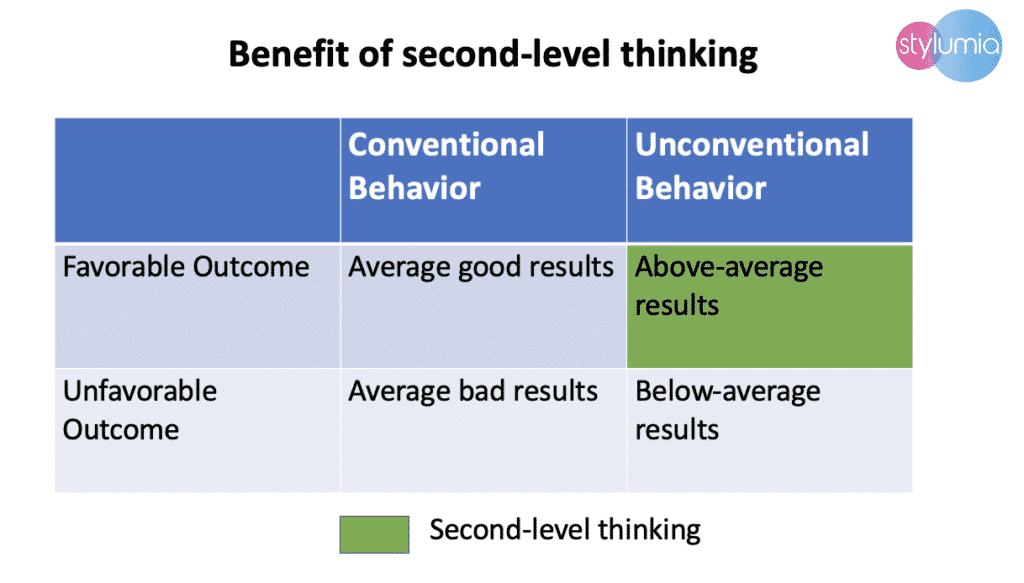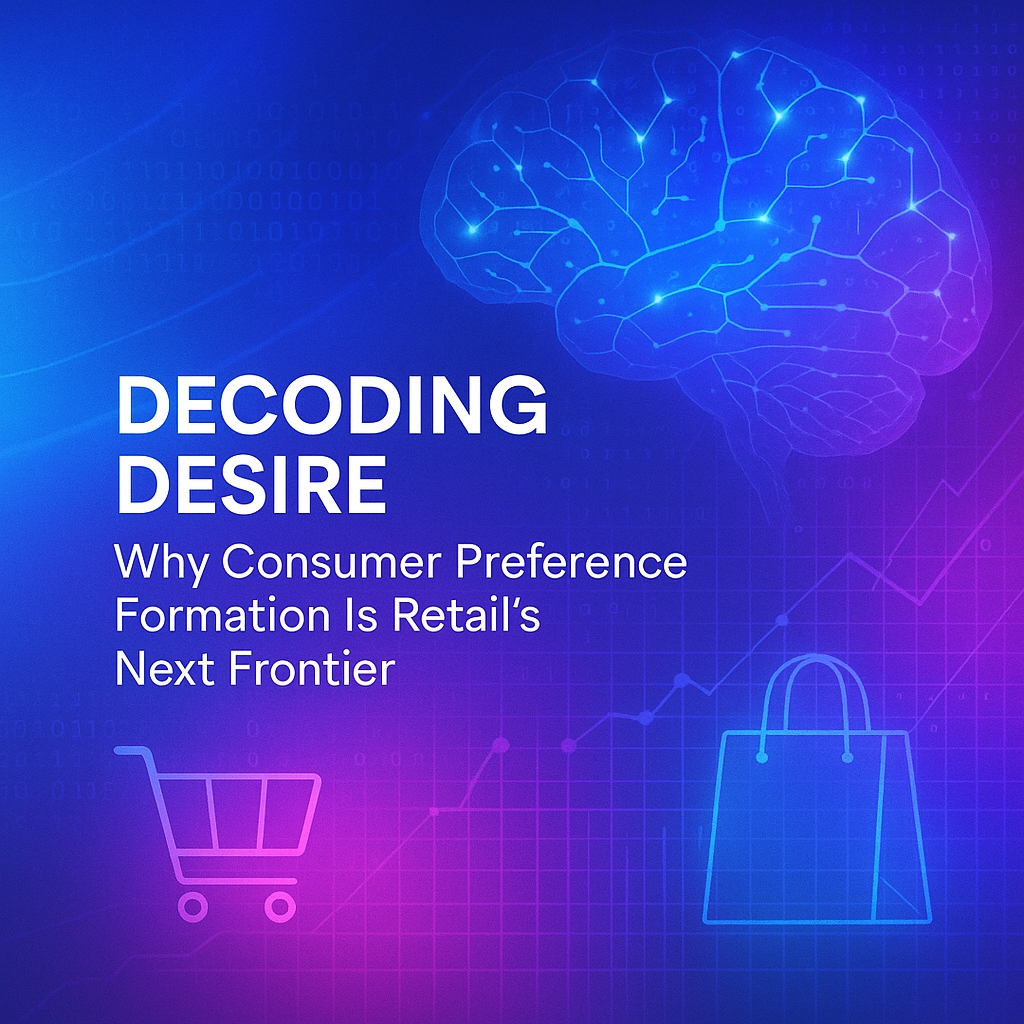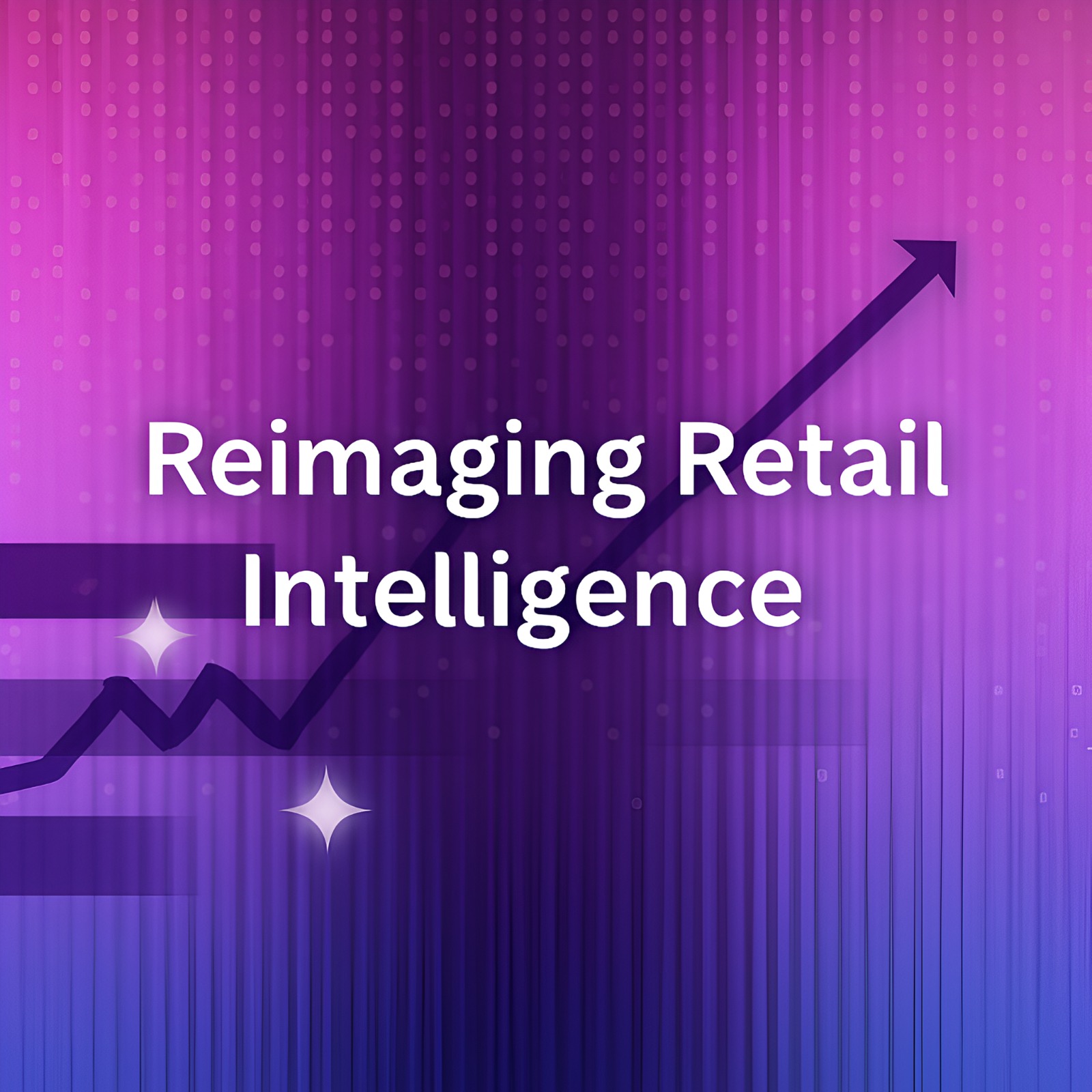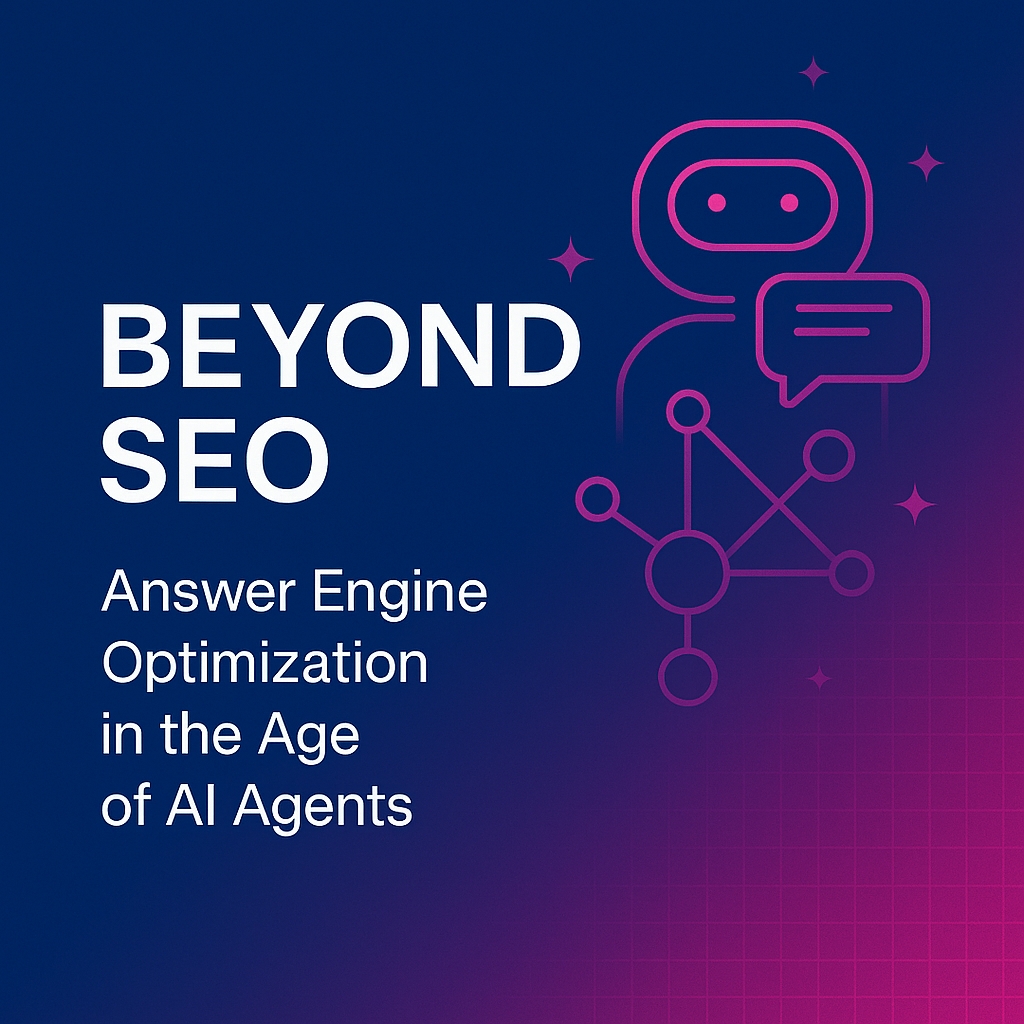Well Bought Is Half Sold | Second-Level Thinking

Well bought is half sold. This is very true in the world of investing and also in the fashion business. Fashion buying is akin to hedge fund investing. We wrote an article on “Fashion Buyers Are Hedge Fund Managers” a while back. In this edit, we look deeper into what kind of thinking is required for buying well, beyond the market, leading to superior performance.
What is second-level thinking?
We take inspiration from Howard Marks, a reputed American investor. He is the co-founder and co-chairman of Oaktree capital.
Like in investing, your goal in buying is not earning average returns. You want to do better than average. Hence, your thinking must be better than others. It must be both powerful and at a higher level. Since other buyers are smart, informed, you must find an edge that they do not have. You must think of something they have not thought of. You see something they miss or bring an insight they do not possess. You must be more right than others.
Well bought is half done is easier said than done.
Second-level thinking comes with it a second-level of perception.
First-level thinking says,
It is a good trend, let us buy the product
Second-level thinking says,
It is a good trend, but everyone thinks it is a good trend. Not all of the trend is good. Let us buy only what works for consumers from this trend.
First-level thinking says,
The outlook for the trend calls for low growth. Let us stop buying.
Second-level thinking says,
The outlook for the trend is relatively low growth. While everyone is exiting, let us go with the micro-trends which are still showing good growth potential with consumers.
First-level thinking says,
I think the product is “5 rating” and let us buy deep here. The other one is average, let us buy average to the average rate of sale. Let us also validate with others in the team and our customers.
Second-level thinking says,
Buying quantity judgment is as important as choosing the right trends and products. With the industry leveraging only around 50% full-price sell-through, there is huge alpha in getting this right. The current methods are not accurate enough. Let us use all the data we have and prediction models to come out with a predicted rate of sale. We will use our judgment and the model together to place the bets.
Well bought is half done in fashion is accomplished well with sophistication.
What differentiates second-level thinking?
First-level thinking relatively simplistic and superficial. Many can do it. All the first-level thinker needs is an opinion about the future. Second-level thinking is deep, complex, and convoluted. The second-level thinker takes many things into account,
- What is range of likely outcomes?
- Which outcome do I think will occur?
- What is the probability I am right?
- What does the market consensus think?
- How does my expectation differ from the consensus?
- How does the trendiness of the product comport with the consensus view of the future and mine?
The depth of the second-level thinking is huge. Second-level thinkers know success in buying is anti-thesis of simple.
Second-level thinkers beat the market
A simple construct of 2 x 2 matrix on how second-level thinking helps.

Enabling Second-Level Thinking In Fashion
Second-level thinking in fashion buying needs a different level of perception. Having been in the trenches in fashion buying for years, we saw the amount of wastage of products and related markdowns are significant. The causation we arrived at was the supply-demand gap.
We assessed the methods/tools available and saw a need of a new thinking.
The new thinking is a fundamental shift, from supply-driven decision making to demand-driven decision making. The consumer is the hero.
It is easier said than done. The challenge is deriving true demand from outside the brand (from the market) and also from inside the brand. This led us to invent Demand Science® for fashion.
Unlike the first-level thinking of supply-based forecasting which is the popular theme, Stylumia’s solutions are anchored with consumers at the center. Ther is no bad product if it is bought in the right quantity. What this leads to is the need for a prediction tool that can predict the demand for unseen, new, first-launch seasonal products. We developed one of its kind prediction engine which replicates the human brain. This prediction engine APOLLO has produced best-in-class lift in demand forecast accuracies with our clients.
This answers the questions of how second-level thinking is enabled through a radical approach.
We ventured to solving three fundamental questions in fashion retail,
- What to spot (trend/product)? What to design?
- How much to buy?
- Where and when to distribute?
The solutions resulted in three assistants,
With the covid waves, the demand uncertainties are far higher than ever before. It is these times that test us to maximize return on invested capital and me as effectively as possible.
It is time to shift from first-level thinking to second-level thinking.
If you would like to stay ahead of the market average and generate significant alpha for your business, please reach out for a free demo here.



